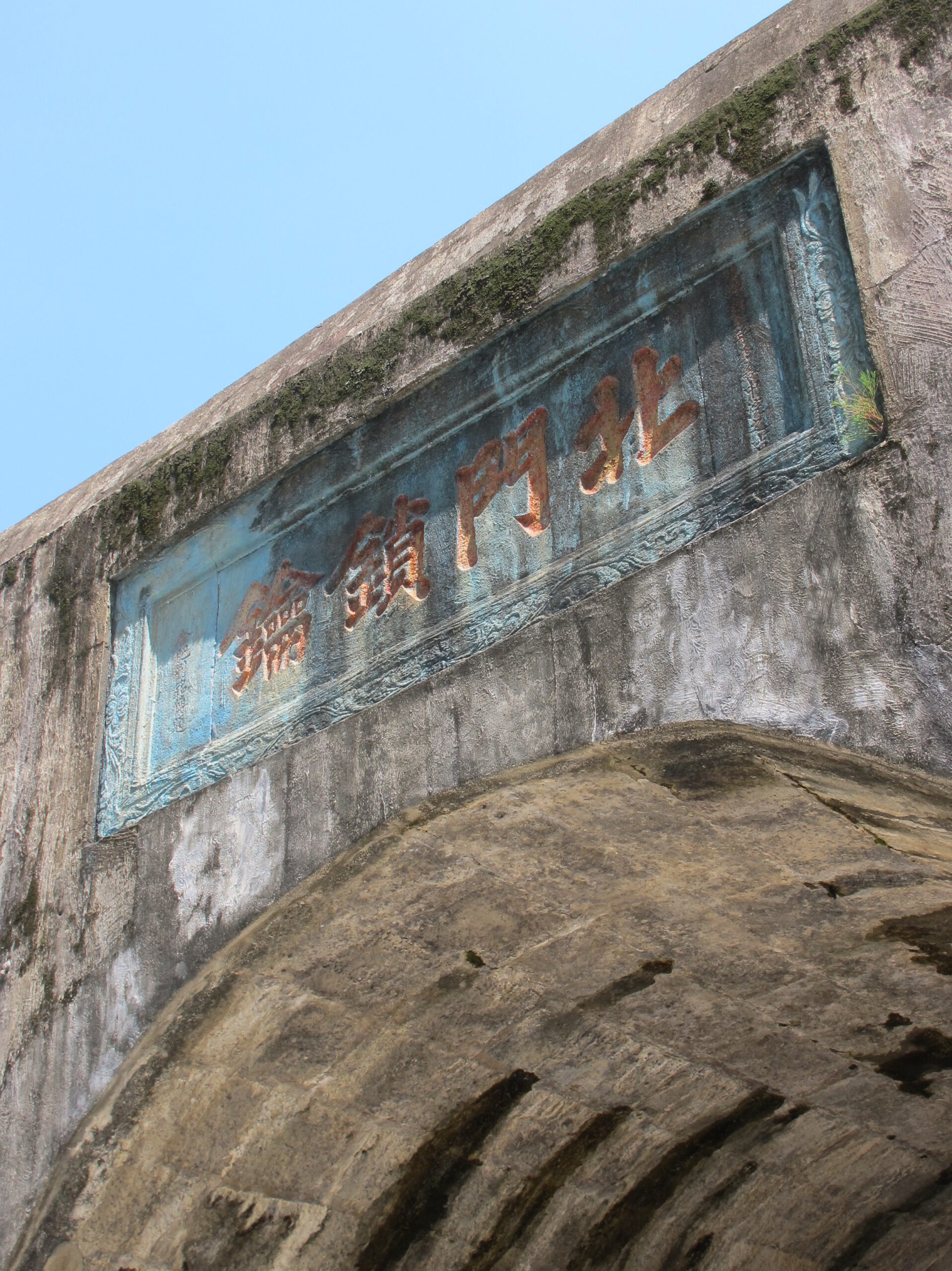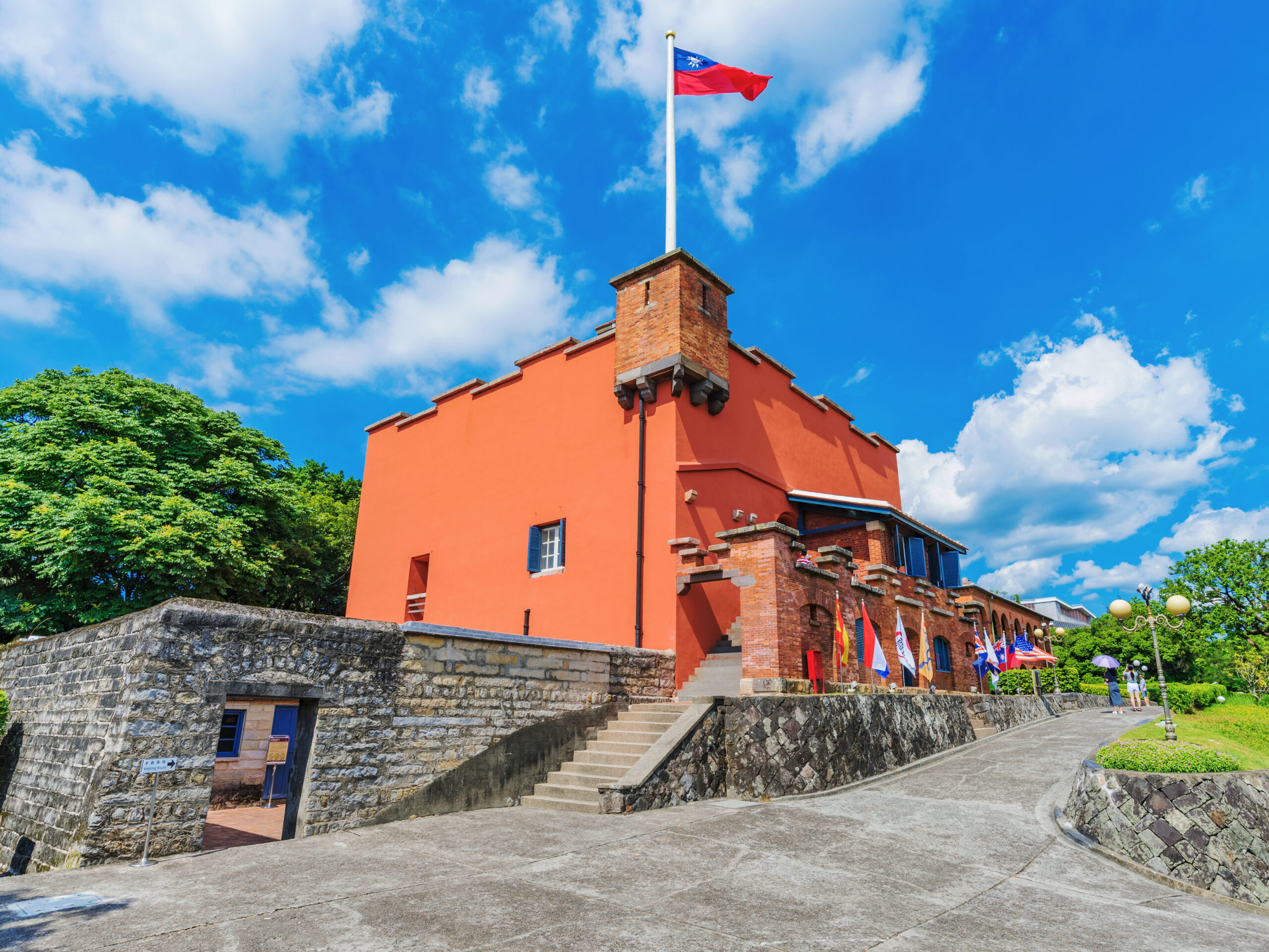Explore the rich history and captivating essence of Tamsui, a town that once rivalled Taipei in importance
Tamsui’s historical significance

Tamsui’s 19th-century Hobe Fort
Tamsui, historically larger and more significant than Taipei, served as a treaty port in the 19th century, attracting traders and pioneers from Western countries. Today, it retains much of its old-world charm, complete with a foreigners’ cemetery. Located conveniently near central Taipei, Tamsui can be easily reached by metro. However, if you plan to explore further to destinations like Yangmingshan National Park or the north coast, consider having your own car and driver as part of a Taiwan private tour.
George L. Mackay: A remarkable missionary
George L. Mackay, a Canadian Presbyterian missionary, played a pivotal role in spreading Christianity in Taiwan. His dedication to mastering the Taiwanese language and providing medical services left an indelible mark. Explore his legacy at places like Aletheia University and Tamkang High School, and delve into his experiences through his engrossing account, From Far Formosa.
The British-built consular residence in Tamsui
Historic sites and architecture
Tamsui boasts a range of historic sites and architecture. Visit Mackay’s original clinic and the church his son built, the Former Residence of Tada Eikichi with its stunning estuary view, and various places of worship, including Fuyou Temple and the exquisite Yinshan Temple.

Tamsui’s Fort San Domingo
Fort San Domingo, a red-walled square fortress built in 1646 by the Dutch and later occupied by Chinese imperial soldiers, is a prominent landmark. Explore the adjacent British consulate and consular residence, where bricks marked VR 1891 pay tribute to Queen Victoria.
Cycling adventures in Tamsui
Enjoy cycling along Tamsui’s user-friendly riverside bike trails that extend to Xindian south of Taipei. If you’re interested in a guided family tour of Taiwan with a cycling component, Life of Taiwan can arrange it for you.
Tailor your luxury tour of Taiwan
For a luxury tour of Taiwan tailored to your preferences, contact Life of Taiwan, a highly experienced Taiwan tour operator. Our dedicated travel designers are ready to assist you in planning a custom-made trip that aligns with your unique requirements.
